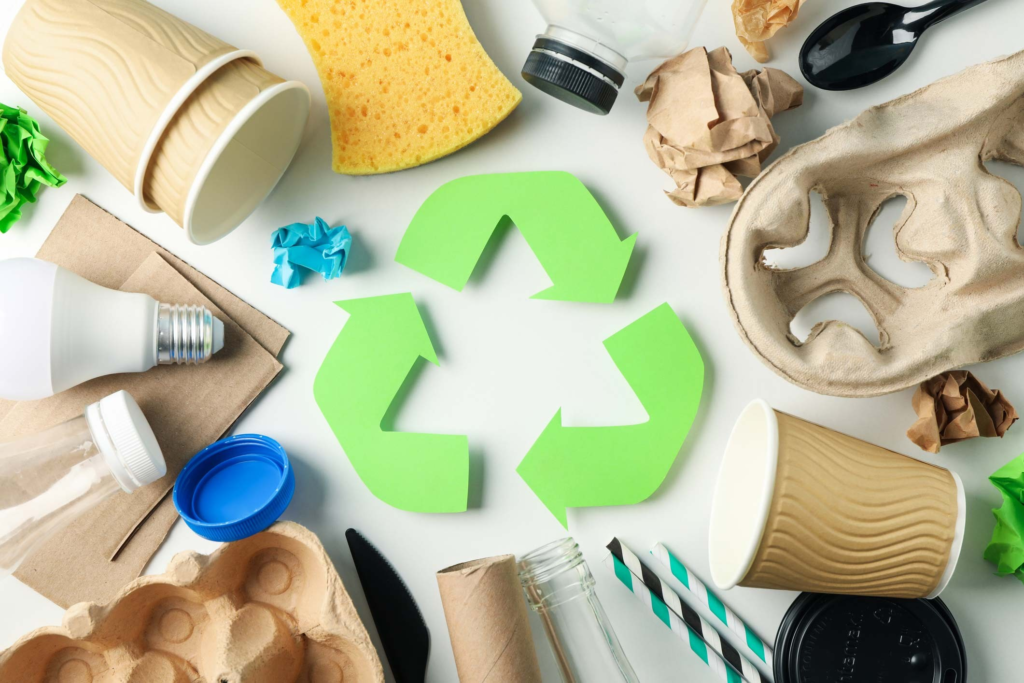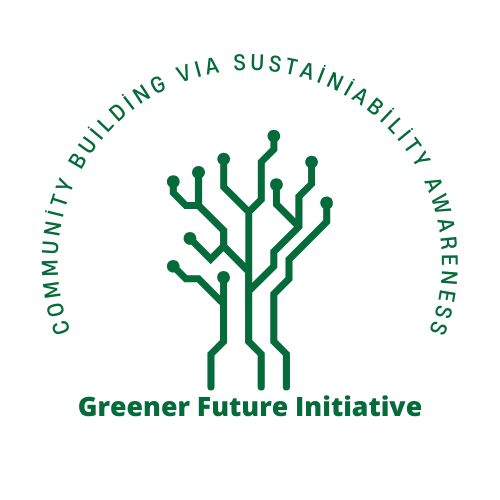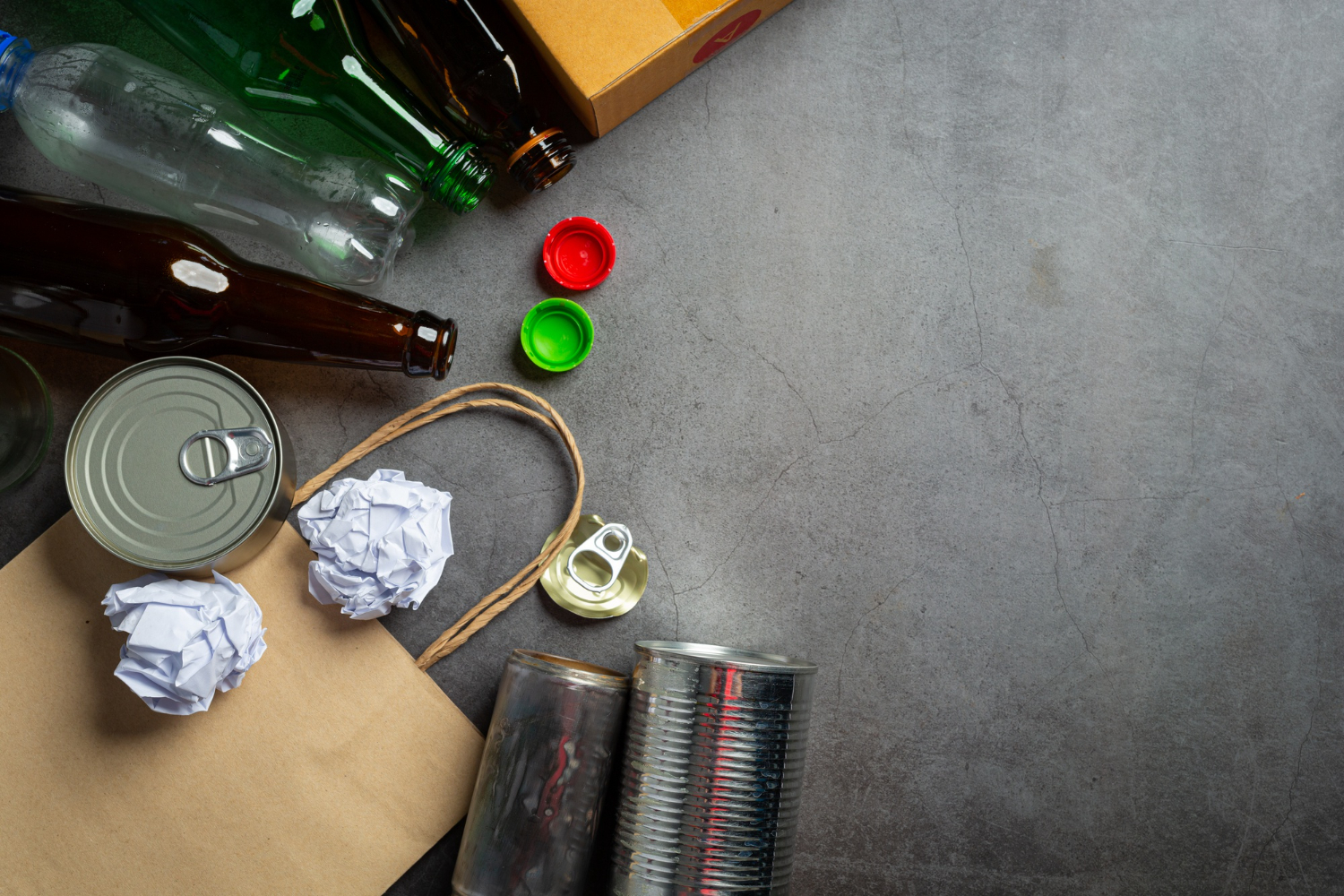The world is going green, and hence terms like recycling, upcycling, and downcycling are becoming increasingly familiar. But what do they actually mean, and how do these processes fit into our efforts towards a more sustainable planet? Issues relating to the definition as well as the processes involved form the center of this article.
We are going to look at the practical details of each process and how they contribute to the circular economy. In the next subheadings, we will define each of these terms – recycling, upcycling, and downcycling, and thereafter look into the processes involved in each.
Let’s get into it.
What Is Recycling?
The first term which is the most popular among the three terms is recycling. In the recycling process, waste materials are converted into new products. The goal is to conserve natural resources, reduce energy consumption, and minimize waste in landfills.
A common example of recycling in Nigeria is the reuse of plastic bottles. Many Nigerians collect used plastic bottles, which are then sold to recycling companies. These companies process the bottles, turning them into pellets or fibers that can be used to manufacture new products such as plastic chairs, containers, or even textiles. This practice not only helps manage the growing issue of plastic waste but also provides a source of income for many individuals involved in the collection and recycling chain.
The Process of Recycling

Having looked at the definition, let’s take this turn and look at the process involved in recycling waste materials.
Step 1: Collection and Sorting
Recycling begins here; the waste materials are collected. After collecting, the materials are sorted into categories such as plastics, metals, glass, paper, etc.
Step 2: Cleaning and Processing
The sorted materials are cleaned to remove any contaminants. This step is crucial because dirty or mixed materials can compromise the quality of the recycled product.
Step 3: Manufacturing New Products
The cleaned materials are then processed into raw forms. For example, plastic bottles might be shredded into pellets, and paper might be pulped into fibers. These raw materials are used to create new items.
Step 4: Distribution and Usage
Finally, the recycled products re-enter the market, completing the cycle.
Recycling is indeed an effective way of managing waste in our environment. However, it is not a perfect method. In addition to its not being perfect, the process is energy intensive. This is a notable con of recycling. Another disadvantage of the recycling process is that not all materials can be recycled indefinitely. For instance, paper loses quality with each recycling cycle.
What Is Upcycling?
The next term we will look at is Upcycling. This is one step further from recycling. In this process, waste materials are further transformed into products of higher quality or value. So, in basic terms, upcycling means raising the quality.
Upcycling is a creative process and requires a great deal of innovation and artistry. Let’s look at the process of upcycling.
The Process of Upcycling
Below are the steps involved in the process of upcycling:
Ste1: Identifying Potential
The first step is to identify items that can be repurposed. One can look at items like old furniture, clothes, or even glass jars.
Step 2: Designing the Transformation
After identification, the transformation process is designed. This step involves planning how to repurpose the material. For example, an old ladder could be turned into a bookshelf, or a stack of wooden pallets could become garden furniture.
Step 3: Execution
The materials are then cleaned, repaired (if needed), and transformed into their new form. This might involve painting, sewing, cutting, or assembling.
Step 4: Showcasing the New Product
Finally, the upcycled items often find their way into homes, boutiques, or art galleries, highlighting their unique appeal.
Upcycling has gained popularity because it’s eco-friendly and allows for creative expression. It’s a win-win: you reduce waste while creating something beautiful or functional.
What Is Downcycling?
The last but not the least of the three terms is downcycling. As the name implies, it is the opposite of upcycling.
Downcycling, which is also known as cascading, involves breaking down waste materials into products of lower quality or value. While it’s still a form of recycling, downcycling typically signifies a loss of material integrity.
The Process of Downcycling
Here are the steps involved in the downcycling process:
Step 1: Collection and Sorting
As with recycling, downcycling starts with gathering and sorting waste materials. The items are grouped based on their type and potential for reuse in lower-grade applications.
Step 2: Breaking Down the Materials
In this step, the materials are processed into simpler forms. For example, high-grade office paper might be downcycled into cardboard or newsprint.
Step 3: Repurposing
The degraded materials are used to create new products. These products often have limited applications compared to their original forms.
Step 4: End of Life
Downcycled materials may eventually reach a point where they can no longer be reused or recycled, at which point they become waste.
Proponents of the Green World initiative believe that downcycling isn’t ideal. However, it is better to downcycle materials than send them directly to the landfill. Hence, we can say that downcycling extends the life of resources, even if only temporarily.
Comparing the Three Processes
Let’s quickly summarize the merits and drawbacks of recycling, upcycling, and downcycling.
In the first place, we noted that recycling is practical and widely adopted. However, it has limitations in terms of energy efficiency and material degradation.
For example, recycling paper is widely practiced and helps reduce the need for cutting down trees. However, each time paper is recycled, the fibers become shorter and weaker, leading to degradation in quality. This means that after a few cycles, the recycled paper can no longer be used to make high-quality products and is instead downcycled into items like cardboard or egg cartons.
Let’s consider upcycling. The process of upcycling encourages innovation by turning waste materials into valuable products. However, it may not be feasible for large-scale waste management.
For instance, an individual can upcycle an old wooden pallet into a stylish coffee table or garden furniture. This transformation adds value and showcases creativity, making the item unique and desirable. However, scaling this approach to manage large amounts of industrial or municipal waste is challenging. Upcycling often requires time, craftsmanship, and customization, which are not easily achievable on a mass-production scale. Consequently, while upcycling is excellent for individual or small-scale initiatives, it’s not a practical solution for addressing the extensive waste generated in urban or industrial settings.
Lastly, downcycling provides a temporary solution for materials that can no longer serve their original purpose. However, this process is ultimately less sustainable.
For example, high-quality plastic bottles can be downcycled into synthetic fibers used for carpets or insulation materials. While this extends the life of the plastic, the new product is often of lower quality and may not be recyclable again. Eventually, these downcycled products reach the end of their usability and end up as waste, contributing to landfill accumulation. This limited lifecycle makes downcycling less sustainable compared to processes that maintain or enhance material value over multiple uses
The key is to use these processes together as part of a holistic approach to waste management. For example, you might recycle aluminum cans, upcycle old furniture, and downcycle scrap paper.
Why Are These Processes Important?
The environmental benefits of recycling, upcycling, and downcycling are significant. Here are a few benefits that are worth noting:
- Resource Conservation: These processes reduce the need for raw materials, preserving forests, minerals, and other natural resources.
- Energy Savings: Recycling and upcycling often require less energy than producing items from scratch.
- Waste Reduction: By keeping materials out of landfills, these methods help mitigate the harmful effects of waste, such as greenhouse gas emissions.
- Economic Opportunities: Upcycling, in particular, has given rise to small businesses and artisans who create unique products from waste.
How You Can Get Involved
Incorporating recycling, upcycling, and downcycling into your lifestyle doesn’t have to be complicated. Here are some simple tips:
Recycling:
- Learn about local recycling guidelines. Not all materials are accepted everywhere.
- Clean and sort your recyclables to ensure they’re processed correctly.
- Opt for products made from recycled materials when shopping.
Upcycling:
- Get creative with DIY projects. Turn old clothes into tote bags or wine bottles into vases.
- Support businesses and artisans that specialize in upcycled products.
- Host or attend swap meets to trade items you no longer use.
Downcycling:
- Use worn-out clothing as cleaning rags or insulation material.
- Turn shredded paper into compost or packing material.
- Extend the life of items by finding secondary uses before discarding them.
A Step Toward a Greener Future
Recycling, upcycling, and downcycling each plays a role in building a more sustainable world. Individuals can make a meaningful impact on the environment if they learn to integrate these processes as a way of life. Note that every small effort counts, as hence everyone is to contribute his or her little quota to the green initiative.
You can get involved by either sorting recyclables, crafting a unique upcycled project, or finding a second use for that old item in your environment. The choice is yours, and whatever effort you make towards actualizing these three processes will contribute to a greener, cleaner planet.

